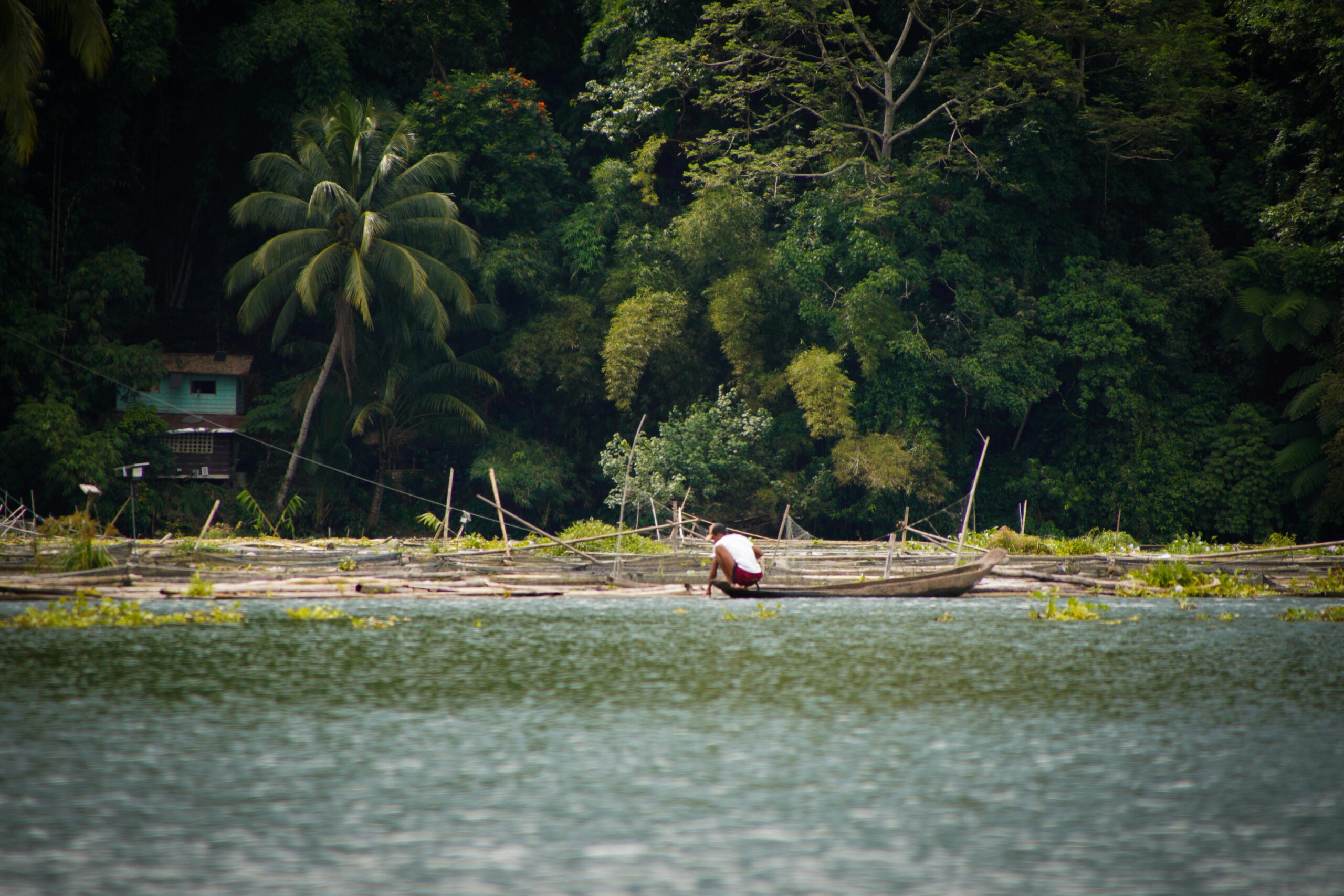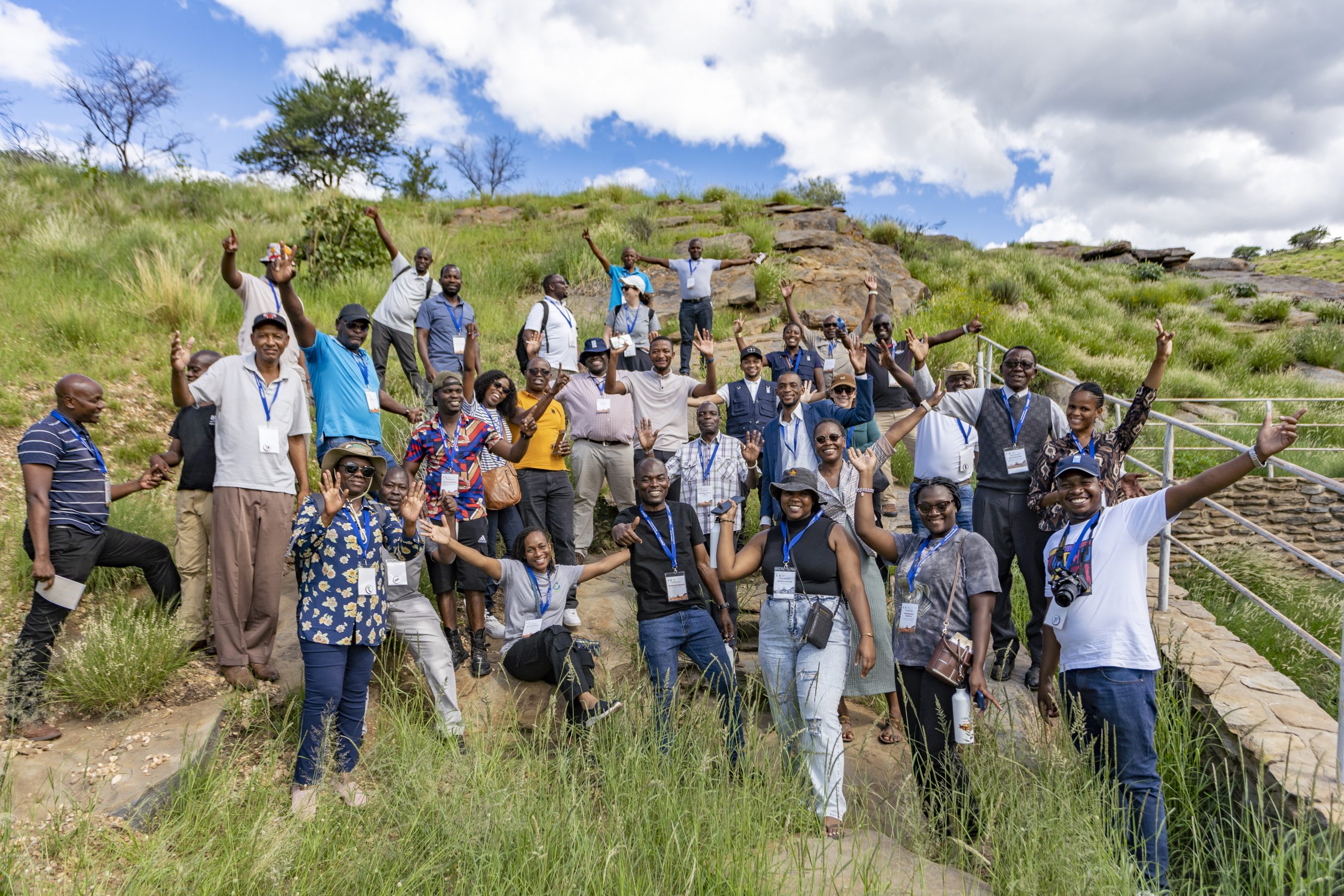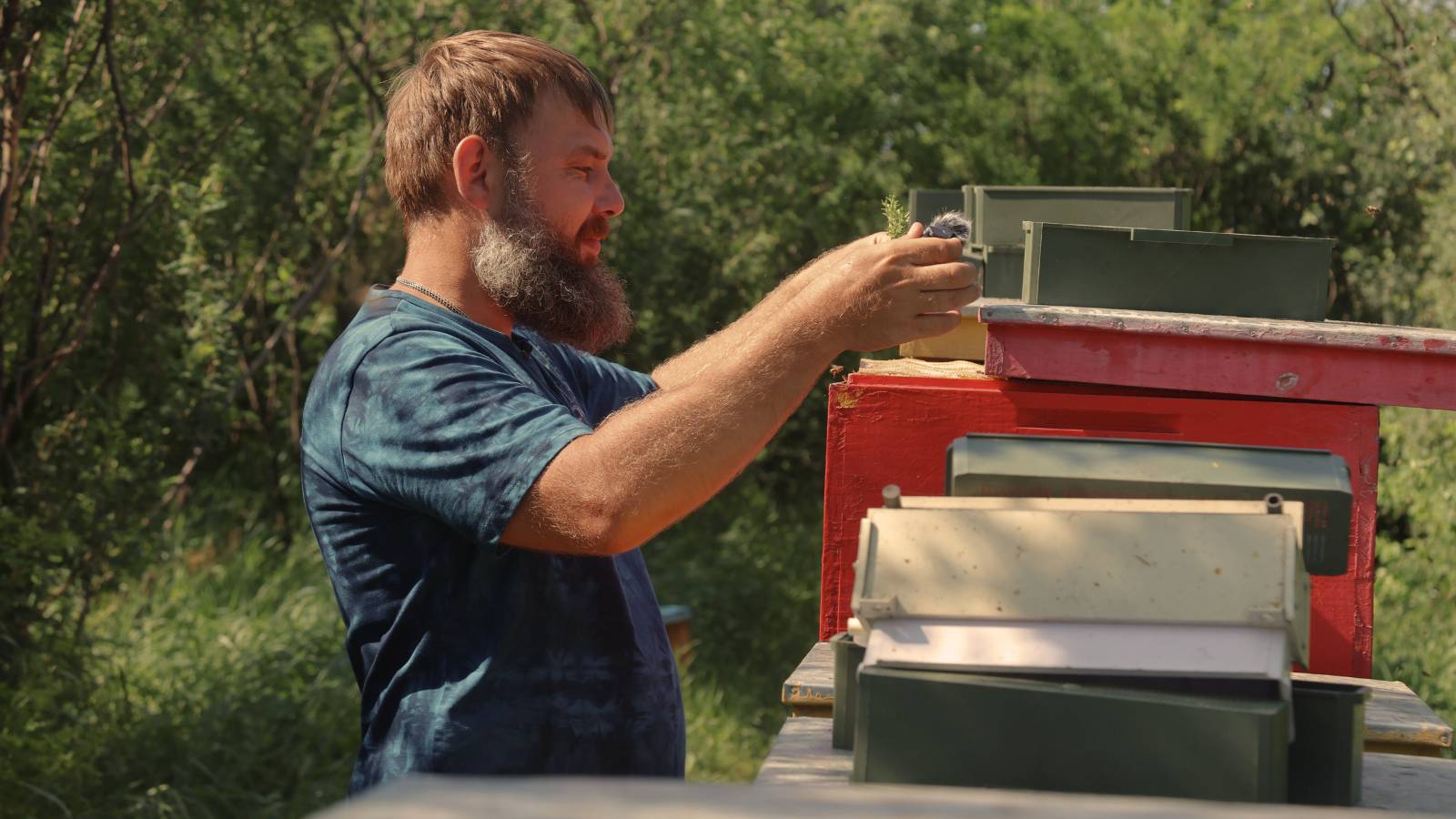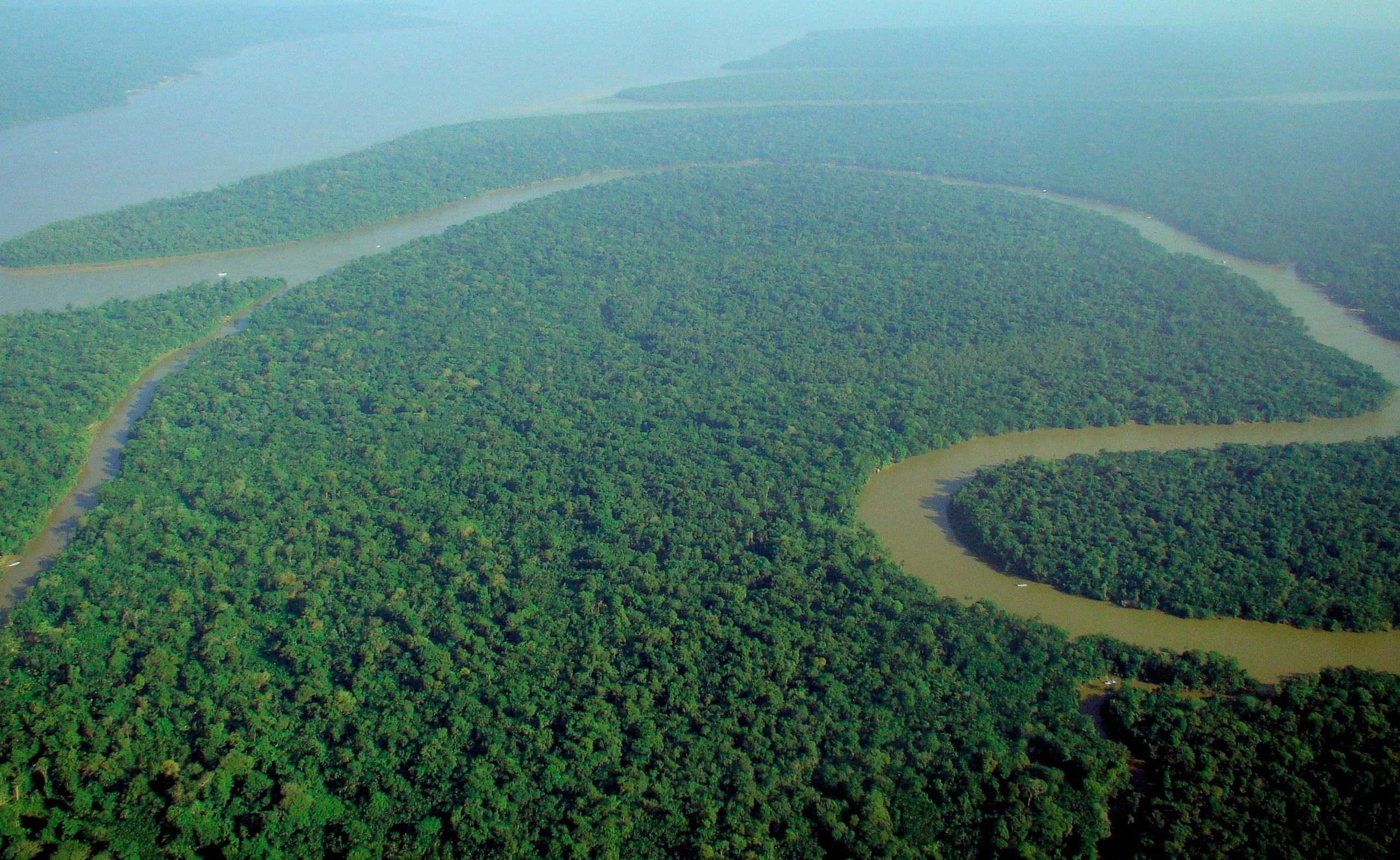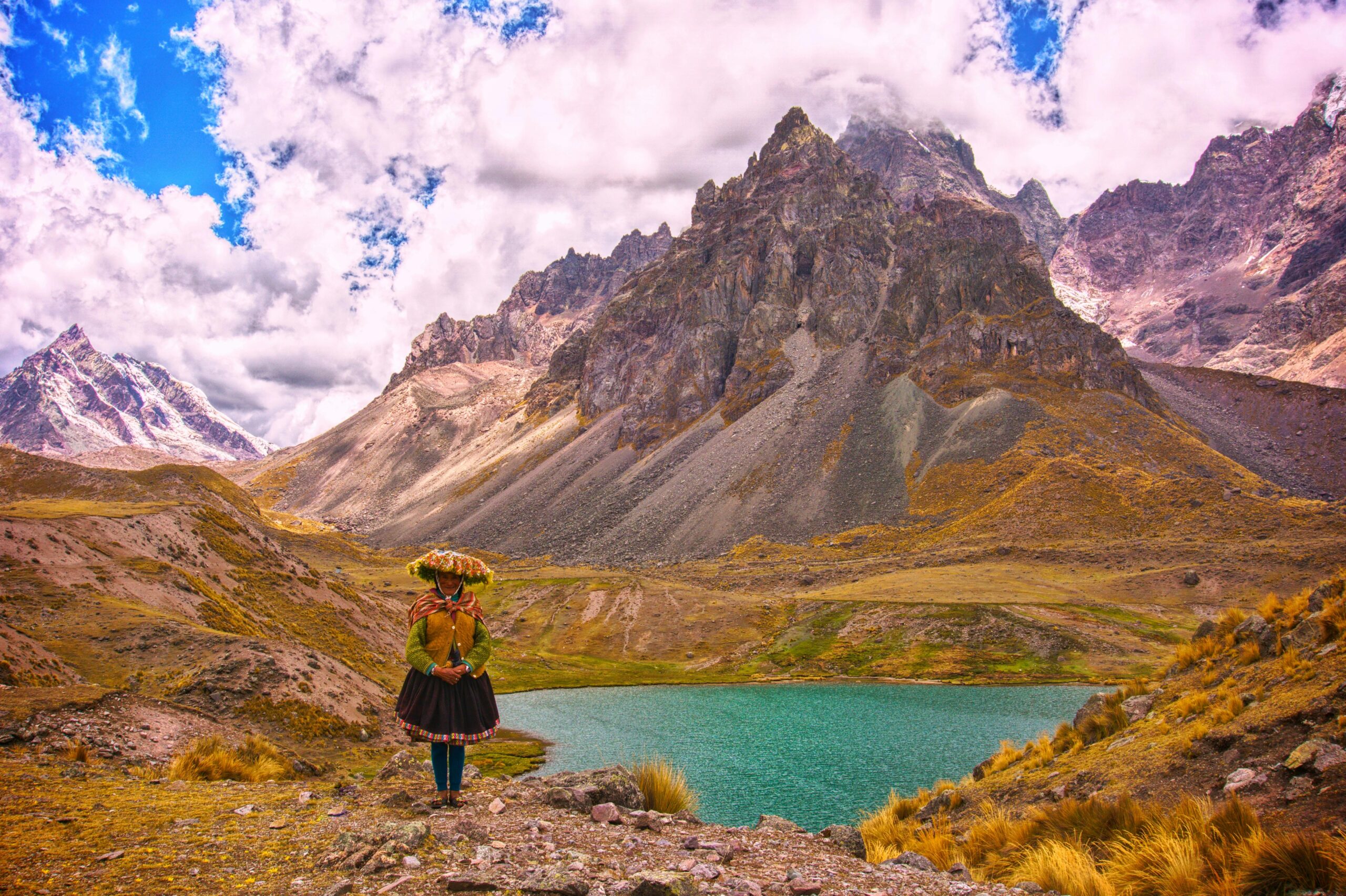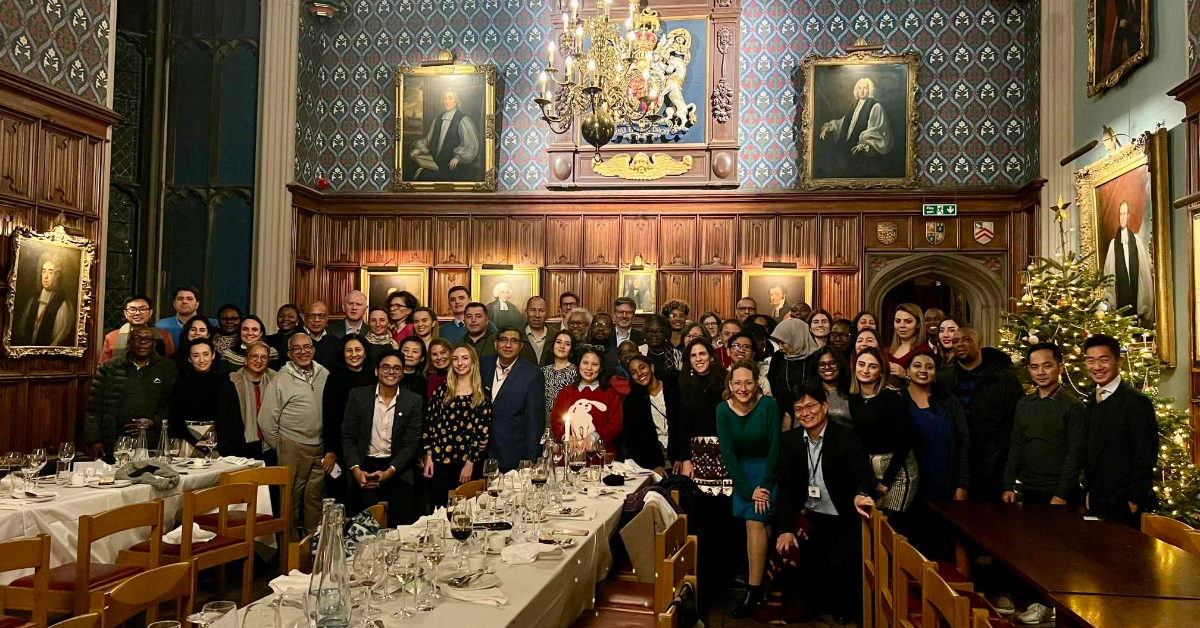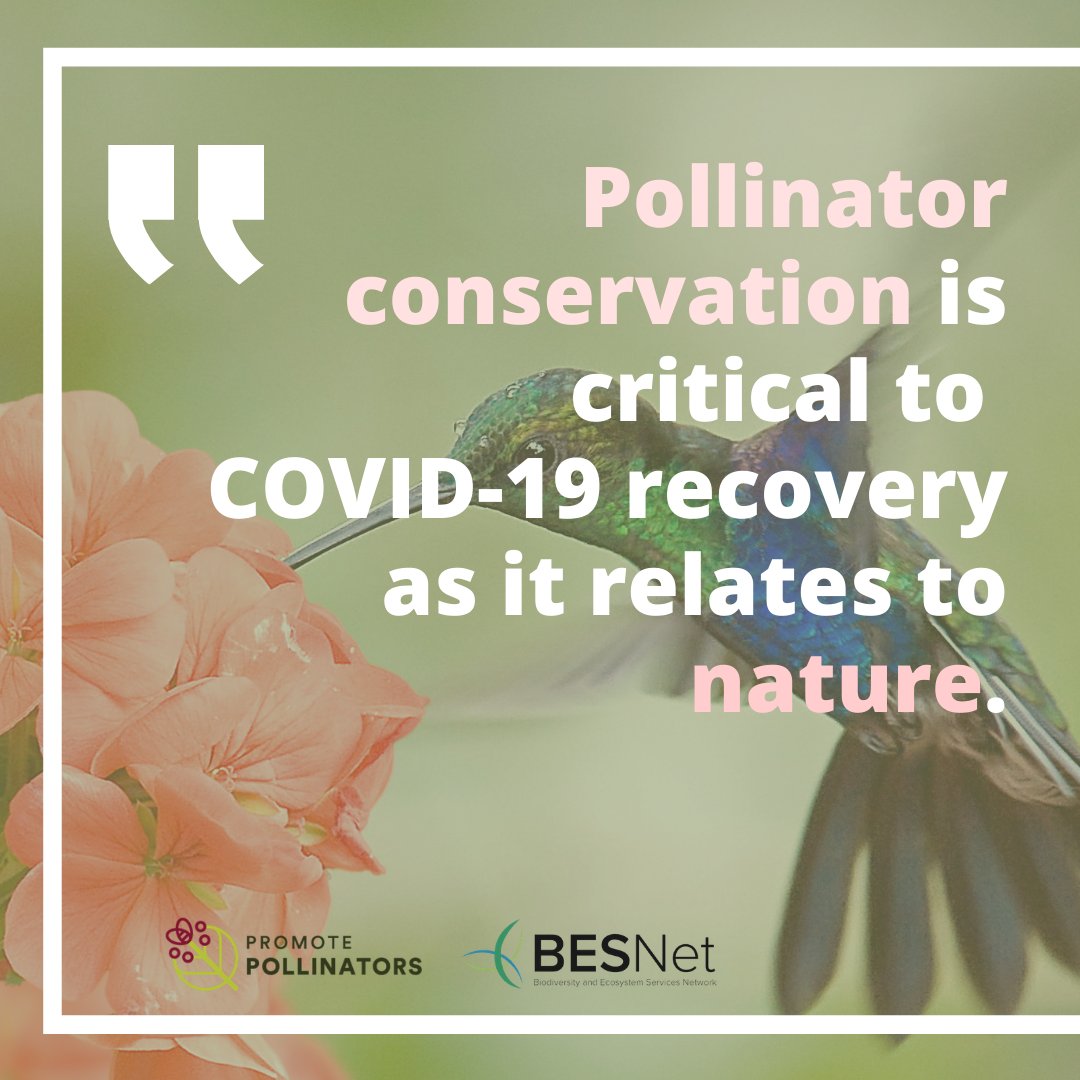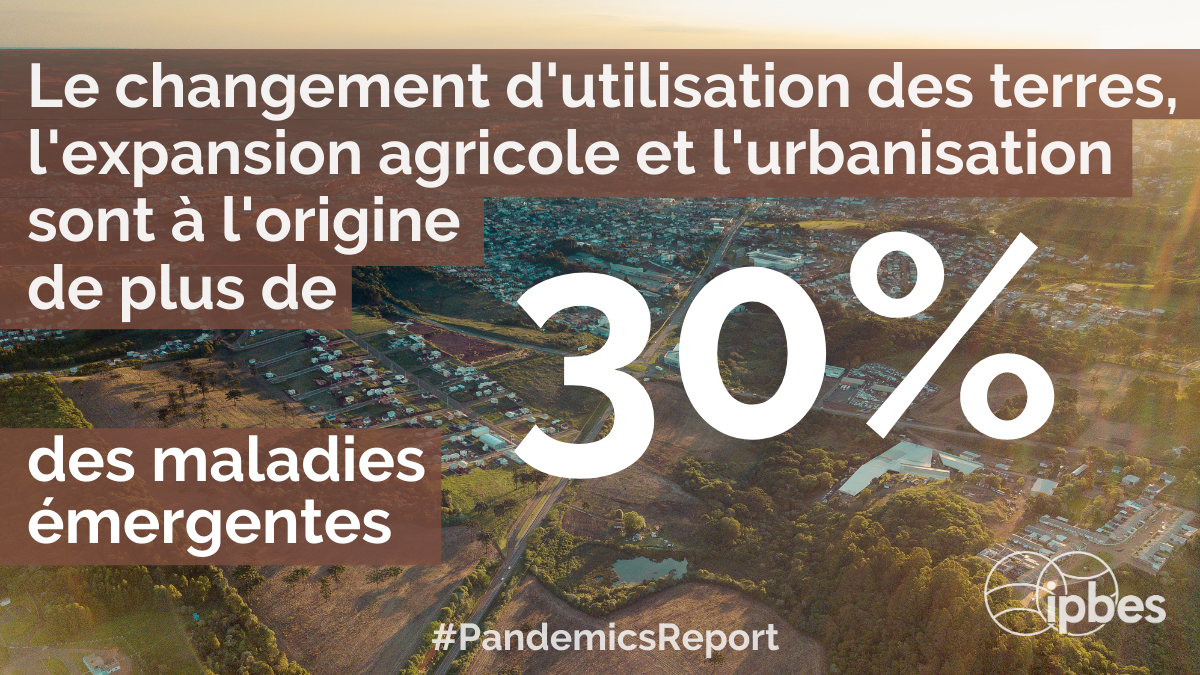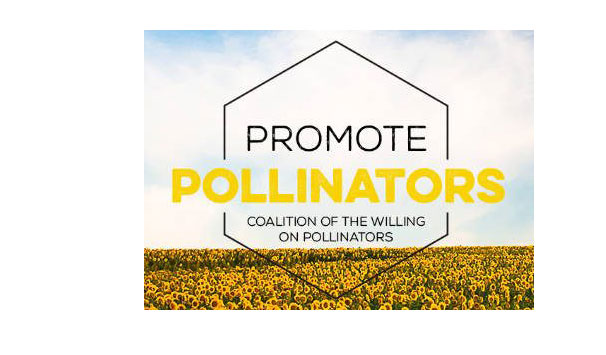The emergence of the COVID-19 pandemic has further highlighted the importance of the relationship between people and nature. While the relationship between nature and zoonotic disease is complex, it is clear that land degradation and loss of biodiversity undermine the web of life and increase the risk of disease spillover from wildlife to people. If no holistic action is taken, human pressure on biodiversity and land resources in the post COVID-19 era may increase even stronger, accelerating environmental breakdown and even inducing the next crisis. Accordingly, future investments in the Sustainable Development Goal 15 towards biodiversity conservation under the new post-2020 (or post-Aichi) global biodiversity framework, and towards combatting land degradation in line with the Land Degradation Neutrality (LDN) targets should be a critical part of an integrated response under any post COVID-19 recovery efforts. The BES-Net Op-Ed series on COVID-19 seeks to contribute to informed decision-making in this regard by exploring potential associated impacts on LDN targets and post-2020 Aichi global biodiversity framework.
This BES-Net Op-Ed series #7 specifically provides an overview of the LDN and post-2020 Aichi global biodiversity framework and elaborates on the potentially associated negative impacts from COVID-19 recovery efforts.
Overview of LDN and post-2020 Aichi global biodiversity framework
Overview of the LDN target
The United Nations Convention to Combat Desertification (UNCCD) defines LDN as “a state whereby the amount and quality of land resources necessary to support ecosystem functions and services and enhance food security remain stable or increase within specified temporal and spatial scales and ecosystems”[1]. LDN aims to balance anticipated losses in land-based natural capital and associated ecosystem functions and services with measures that produce alternative gains through approaches such as land restoration and sustainable land management. At its core are better land management practices and better land use planning that will improve economic, social, and ecological sustainability for present and future generations.
The LDN is underpinned by a set of 19 principles that govern the LDN implementation process and each connected to a module of the scientific conceptual framework for LDN, which presents the LDN concept and provides guidance on the application of the principles[2]. They are designed to ensure that LDN achieves its positive outcomes, while avoiding or minimizing the unintended and negative outcomes. They can be considered the foundations of the scientific conceptual framework for LDN and the necessary minimum requirements for successful implementation and attainment of LDN.
Overview of the post-2020 Aichi global biodiversity framework
In its decision 14/34, the Conference of the Parties to the Convention on Biological Diversity (CBD) adopted a comprehensive and participatory process for the preparation of the post-2020 global biodiversity framework. The framework aims to galvanize urgent and transformative action by Governments and all of society, including indigenous peoples and local communities, civil society, and businesses, to achieve the outcomes it sets out in its vision, mission, goals and targets, and thereby to contribute to the objectives of CBD and other biodiversity related multilateral agreements, processes and instruments.
The framework has 20 action-oriented targets for 2030 which, if achieved, will contribute to 2030 Milestones and the outcome-oriented goals for 2050. Actions to reach these targets should be implemented consistently and in harmony with CBD and its Protocols and other relevant international obligations, taking into account national socioeconomic conditions. Effective implementation of the framework requires implementation support mechanisms commensurate with the ambition set out in the goals and targets of the framework and with the transformative changes required to reach them. These include: (i) Mobilizing sufficient resources essential for achieving the objectives of the Convention and for implementing the post-2020 global biodiversity framework and reaching its goals and targets, which requires transformative, inclusive and equitable change across economies and society; (ii) Capacity development including building capacities at the individual, organizational and enabling environment levels to facilitate policy formulation and mainstreaming of biodiversity into all sectors; (iii) Knowledge generation, management and sharing for effective biodiversity planning, policy development, decision-making, implementation and transparency and responsibility; and (iv) Technical and scientific cooperation, technology transfer and innovation, including support mechanisms for technical and scientific cooperation, technology transfer and innovation. The success of the implementation of the framework will depend on learning from past experiences, successes, and challenges, including the implementation of the Aichi Biodiversity Targets and the Strategic Plan for Biodiversity 2011-2020.
Potentially negative impacts of COVID-19 recovery efforts on LDN targets and post-Aichi biodiversity framework
Beyond the devastating public health crisis, the COVID-19 pandemic has evolved into a complex emergency with significant humanitarian, socio-economic, political and security dimensions. If business-as-usual approach is applied to the COVID-19 recovery phase, economic stimulus packages may be designed to address solely the immediate socio-economic and humanitarian issues and, in turn, deprive the environmental sector of important financial resources. For example, as governments focus on the healthcare crisis, there is a widely shared concern that this shift will strip funding from land management and biodiversity conservation issues. This de-prioritization might reverse any progress that has been made so far in halting land degradation and achieving LDN and weaken the shacky foundation from the Aichi Biodiversity Targets established in 2010 to achieve post-2020 Aichi global biodiversity framework. There are similar concerns about donor commitment to LDN and biodiversity programs as the global economic crisis is taken significant toll GDPs, which is likely to be translated into the reduction of budgets for international cooperation towards global sustainable development.
Another important issue is related to the lax of due diligence in land and biodiversity-based investments. While the global economic crisis anticipated as a result of the pandemic might limit investment possibilities of major players, it may also offer a window of opportunity for both large-scale and smaller-scale investors to invest in land, including the critical biodiversity hotspots. We may see an increase in predatory capitalism and governments may be tempted to attract investments to finance the recovery from the crisis without observing the necessary due diligence for sustainable land management and biodiversity conservation[3].












